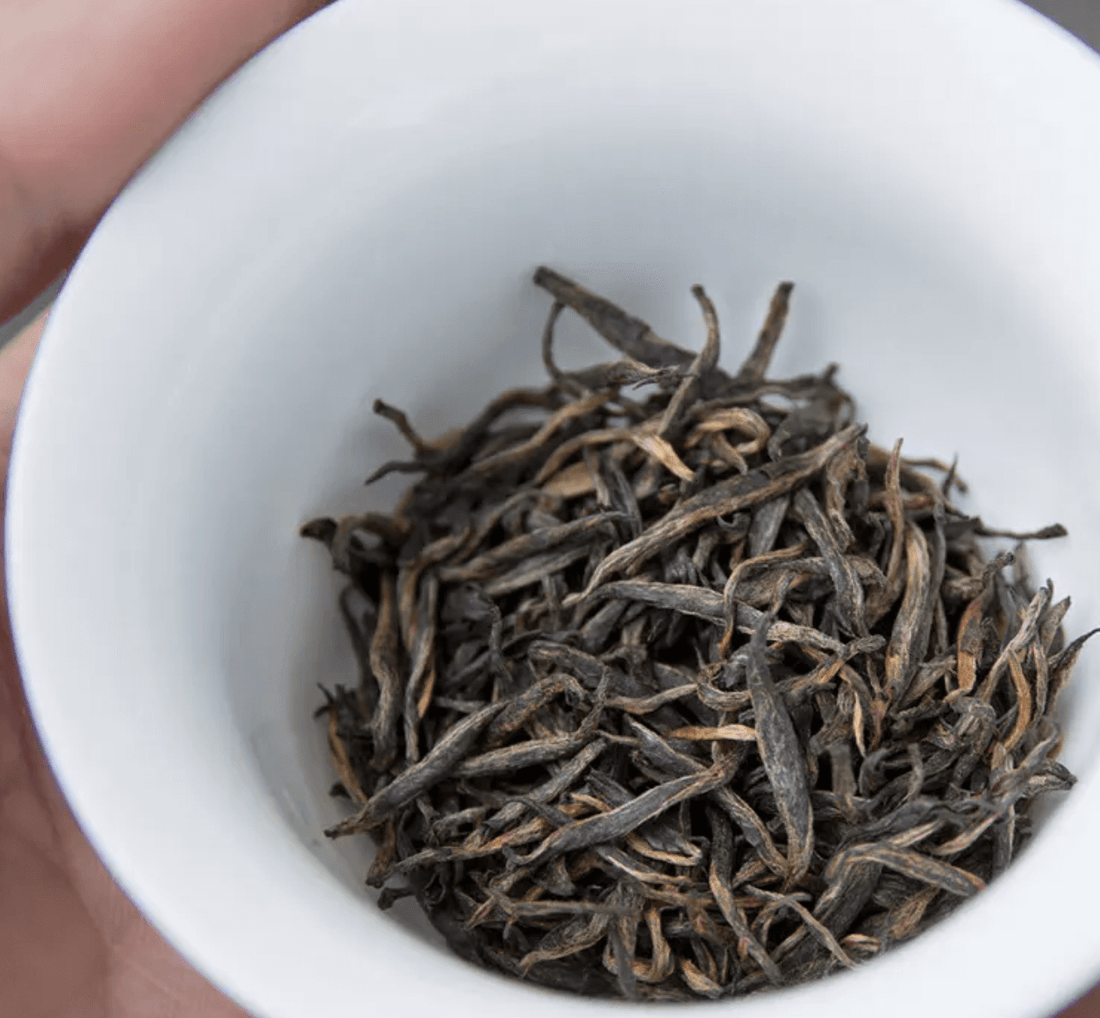
Unveiling the Secret Craft of Jin Jun Mei: The Legendary Black Tea from Wuyi
The Hidden Art Behind Jin Jun Mei
Among the many varieties of Chinese black tea, Jin Jun Mei (金骏眉) stands out as the crown jewel. It is one of the most famous and representative teas from the Wuyi Mountains, renowned worldwide for its delicate appearance, honey-like sweetness, and layered floral-fruity fragrance.
But what truly makes Jin Jun Mei unique is not just the terroir, but its meticulous and secretive craftsmanship—a process handed down through generations of tea masters in Wuyishan.
Let’s uncover the step-by-step journey of how fresh tea buds transform into this world-renowned treasure.
Step 1: Hand-Picked Buds at the Peak of Spring
The making of Jin Jun Mei begins with single buds of the “Wuyi Cai Cha” variety, grown at high altitudes in the Wuyi Mountains. Harvest takes place between Qingming and Grain Rain (early to mid-April)—when the leaves are most tender and nutrient-rich.
Skilled pickers carefully harvest only the plumpest buds by hand, avoiding any crushing or damage during transport. This ensures the raw leaves remain fresh and vibrant, preserving the potential for superior aroma and taste.
Step 2: Withering (萎凋)
The fresh buds are spread thinly on bamboo mats or wooden trays for natural withering. When the weather allows, leaves undergo brief sun withering before being moved indoors.
Inside the withering room, conditions are controlled at around 23°C (73°F) with 60–70% humidity for 15–20 hours or longer. During this period, the leaves lose excess moisture, soften, and develop their initial fragrance.
Proper withering is crucial—insufficient withering leads to bitterness and poor liquor color, while well-withering brings out softness, clarity, and a clean aroma.

Step 3: Rolling (揉捻)
Next, the leaves are carefully rolled to break down the cellular structure and release natural juices. This stage is key to determining how well the tea will ferment later.
When rolled correctly, Jin Jun Mei leaves form tight, glossy black strips that brew into a rich, amber-red liquor with bold flavor. Over-rolling, however, can cause tea juices to be lost, making the brew weak and less aromatic.
Rolling is performed in stages—light pressure followed by medium and heavy pressing—lasting about one hour in total. The goal is around 85% cell breakage, allowing maximum fermentation potential.

Step 4: Fermentation (发酵)
Fermentation is where magic happens. Polyphenols in the tea oxidize under the influence of enzymes, transforming fresh green leaves into dark, aromatic black tea.
The process takes place in a well-ventilated fermentation room, with temperature carefully controlled at 22–25°C (72–77°F) and humidity at 85–90%.
Leaves are gently piled in bamboo baskets, sometimes covered with a damp cloth to retain warmth and moisture. Over 8–12 hours, the bright green buds gradually turn reddish-golden, releasing enchanting notes of floral, fruity, and honey-like aromas.


Step 5: Drying & Roasting (干燥)
Finally, the leaves are dried to lock in flavor and make them shelf-stable. Traditionally, charcoal roasting is used—imparting depth, complexity, and the signature “fire fragrance” (火功香).
The process is performed in two stages:
-
Initial high-heat baking (120–130°C / 248–266°F) for 20–35 minutes to remove moisture and impurities.
-
Secondary slow roasting (75–85°C / 167–185°F) for 3–4 hours to consolidate floral-fruity aromas and ensure smooth, sweet liquor.
Skilled tea masters adjust fire strength, leaf thickness, and timing with experience—sometimes coaxing out notes of violet, rose, dried longan, or honey dates.
When done perfectly, the dry tea is needle-like, glossy black with golden tips, giving a cup that is clear, amber-red, sweet, and lingering.

A Rare Masterpiece in Every Cup
From hand-picking to charcoal roasting, the crafting of Jin Jun Mei is a labor of patience and precision. Every detail—from temperature to leaf handling—directly shapes its fragrance, liquor, and aftertaste.
Unlike mass-market teas, authentic Jin Jun Mei is never machine-refined. Leaves are processed hygienically without secondary re-sorting, ensuring a natural, pure, and authentic expression of Wuyi Mountain’s terroir.
When you sip a cup of Jin Jun Mei, you are tasting not just tea, but centuries of artistry, tradition, and the spirit of Wuyi.
✅ Pro Tip for Tea Lovers: To fully enjoy Jin Jun Mei, try brewing with 90–95°C (194–203°F) water, either Western style (3–5 minutes) or Gongfu style (short steeps, multiple infusions). Notice how each brew unfolds new layers of honey, fruit, and floral notes.
If you're interested in tea, please follow Teastar.
Looking for tea? Click here for our premium JIN JUN MEI tea.
